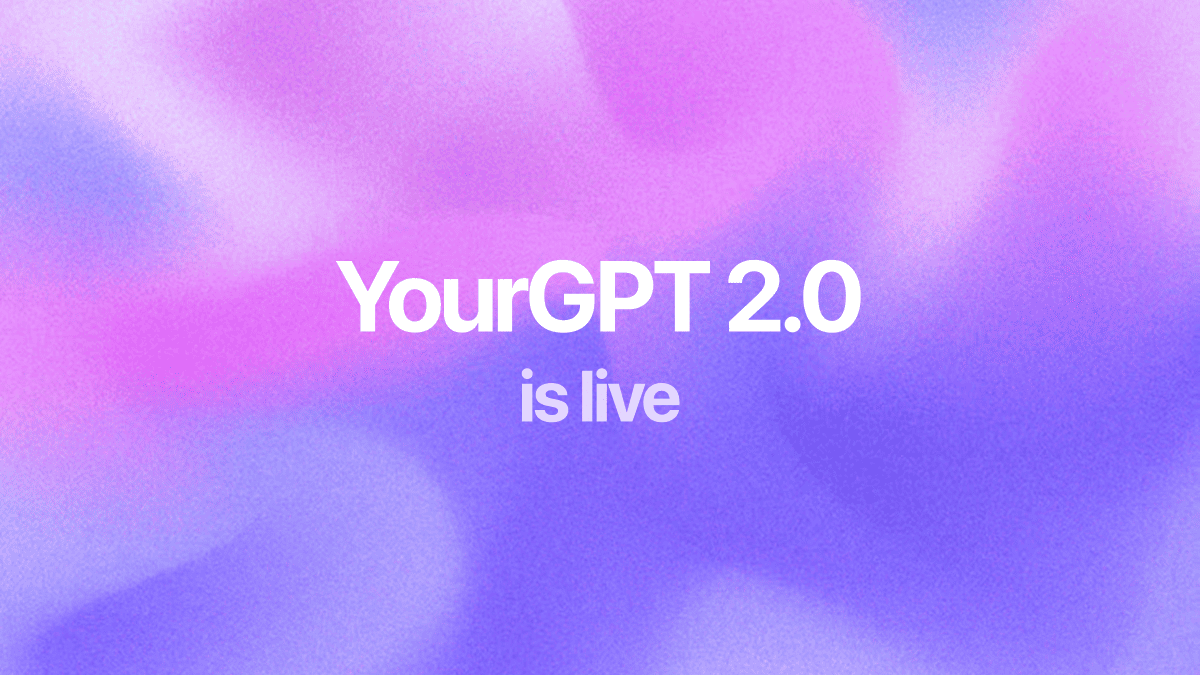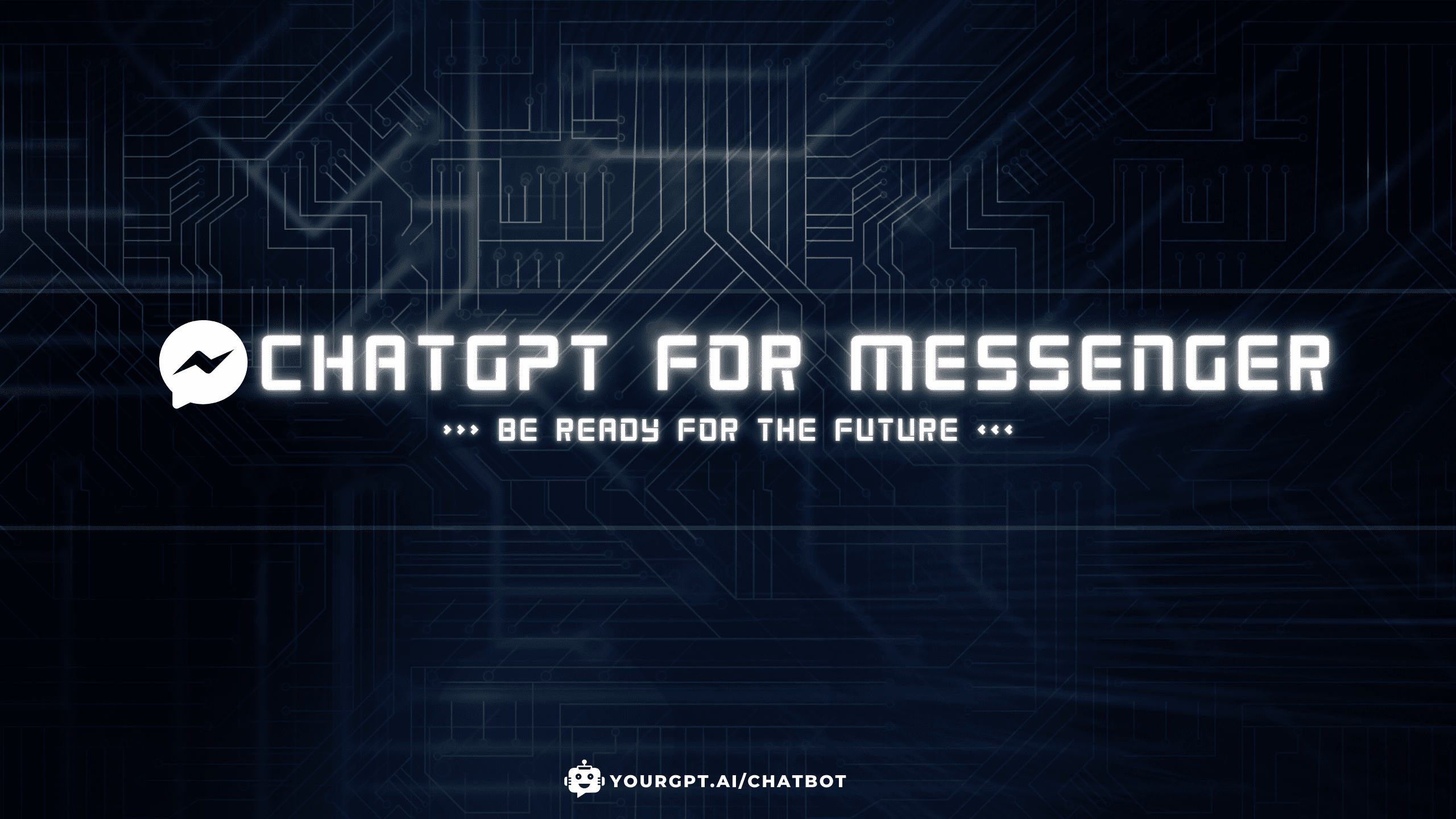Top 10 Open-Source LLMs models for commercial use


The advancement of large language models (LLMs) is a major development in the technology field. These tools not only revolutionise interaction with machines but also present unique opportunities for creativity and innovation. In this blog post, we will explore open-source LLMs, an area that has gained popularity due to its accessibility and versatility.
Why should you be interested in open-source LLMs?
Open-source LLMs are free for anyone to access, use, modify, and share. They are designed to be transparent, allowing developers and researchers to collaborate and improve them. This helps reduce biases and supports innovation. These models are transforming how we process information, communicate, and solve problems, with a wide impact on industries ranging from startups to large companies in various areas of our digital lives.
With so many tools out there, it is hard to know which ones are truly valuable. In this blog, we’ve carefully curated the top 10 open-source LLMs based on performance benchmarks and community feedback. Whether you’re a developer, business owner, or tech enthusiast, these models can give you an edge.

A large language model (LLM) is a type of artificial intelligence (AI) that uses deep learning and lots of data to understand, summarize, create, and predict new content.
LLMs are trained on huge amounts textual datasets, allowing them to perform tasks like recognizing patterns, translating languages, and generating text. These models are based on neural networks, which are computing systems inspired by the structure and function of the human brain.
LLMs, or large language models, are typically classified as open-source or proprietary.
The unique advantage of open-source LLMs is that they are accessible to everyone. This transparency allows us to explore the training data, understand their construction, and see how they function. Open-source LLMs encourage collaboration and innovation, enabling researchers and developers to contribute to and improve these models.
Proprietary models like OpenAI’s GPT, Anthropic Claude, and others typically do not provide access to their trained weights or full codebases. However, they often share detailed information about their design and capabilities. Now, let’s explore what is an Open Weight LLM.
Open Weight Large Language Model refers to a model where the trained weights, or parameters, are publicly available. This allows developers and researchers to use, fine-tune, and experiment with a fully trained model without needing access to the original training data or process.
However, the underlying code and architecture might not be open, restricting modifications to the model’s structure or training methodology.
The Open Source Large Language Model includes both the trained weights and the source code under an open-source license. This means that users have full access to the model’s architecture, training data, and processes, allowing comprehensive modifications, replications, and improvements.
Open-source LLMs aim for transparency, collaboration, and innovation by providing the complete framework and methodology behind the model.

Choosing the right open-source language model can be hard. That is why we have curated this list of open-source LLMs. We have carefully selected the top 10 open-source LLMs, each with unique key features, using this foundation and our industry expertise of AI and LLMs. The list of open source LLMs follows below:

Explore Deepseek R1 on Hugging Face

Explore Llama 3 on Hugging Face
Explore Snowflake Arctic on Hugging Face
Microsoft introduces a family of small language and multi-modal models called Phi-3, available in various context lengths to suit diverse needs.
Explore Vicuna-33B on Hugging Face
📝Note: Cohere R+ weights are openly available. However, it is not an open-source LLM because they do not provide a license for commercial use; it is available for research use only.
Explore Cohere on Hugging Face

Explore cohere aya on Hugging Face

Explore Mistral on Hugging Face
Each of these models has been designed with specific features that make them suitable for various applications in natural language processing, from text generation to complex problem-solving tasks.
In this blog, we looked at ten open-source language models, like Deepseek, Llama 3, and Mistral. Each one has its own strengths and weaknesses. These models are not just about reading and writing; they are a big step in how we use technology to work with complex information. Some of these models are open-weight, but you can’t always use them for business purposes.
The open-source nature of these models is critical. It enables greater access, collaboration, and the development of new AI ideas. Whether you’re a developer, researcher, or simply curious, these models provide numerous chances for learning, development, and application.
With these large language models, they will change things in a big way, from schools to businesses. We can work more efficiently, be more creative, and solve problems more effectively if we understand them and know how to use them. The future of AI is bright, and these models are leading the way!
Join thousands of businesses transforming customer interactions with YourGPT AI
No credit card required • Full access • Limited time offer

Businesses today expect AI to do more than answer questions. They need systems that understand context, act on information, and support real workflows across customer support, sales, and operations. YourGPT is built as an advanced AI system that reasons through tasks and keeps context connected across every interaction. This intelligence sits inside a complete platform […]


GPT-driven Telegram bots are gaining popularity as Telegram itself has 950 million users worldwide. These AI Telegram bots allows you to create custom bots that can automate common tasks and improve user interactions. This guide will show you how to create a Telegram bot using GPT-based models. You’ll learn how to integrate GPT into your […]


TL;DR The 10 best no-code AI chatbot builders for 2025 help businesses launch quickly and scale without developers. YourGPT ranks first for automation, multilingual chat, and integrations. CustomGPT and Chatbase are ideal for data-trained bots, while SiteGPT and ChatSimple focus on easy setup. Other options like Dante AI, DocsBot, and Botsonic specialize in workflows and […]


GPT Chatbot for Webflow: The Key to Exceptional Customer Service Providing great customer service is essential for any business, but managing a high volume of inquiries can be a challenge.If you use Webflow, integrating a webflow chatgpt can simplify this process. This AI-powered webflow chatbot offers consistent, personalised responses to customer queries, helping you manage […]


Messenger is an important platform for businesses to engage with customers in real time. With over 1 billion active users on Messenger in 2024, it is a great opportunity for businesses worldwide to connect with their audience. Using YourGPT Chatbot in Messenger can make customer service more efficient. YourGPT Chatbot automates 70% of routine inquiries, […]


Omni Channel Integration: GPT Chatbot Customer service is no longer optional for businesses in today’s digital age. it is an important component of their operations. It is critical in shaping how people view a brand and whether they remain loyal to it. ChatGPT, a game-changing tool that combines cutting-edge technology with conversational abilities. It is […]
